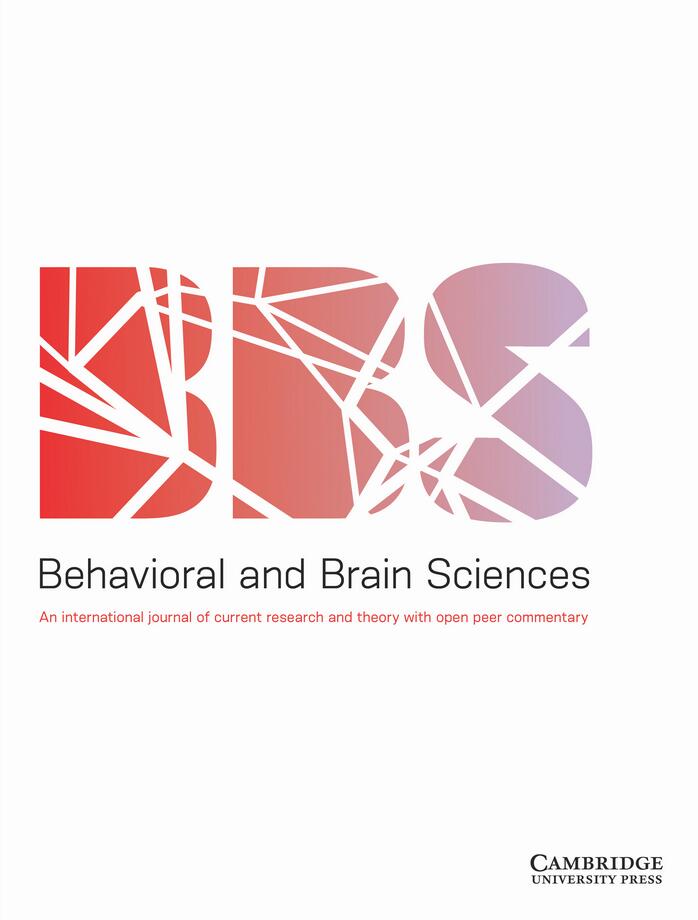作为承诺工具的历史神话。
IF 16.6
1区 心理学
Q1 BEHAVIORAL SCIENCES
引用次数: 0
摘要
Sijilmassi等人声称,历史神话是模仿适应性相互依赖线索的招聘技术。矛盾的是,他们还声称人们是警惕的,这些神话可能不会也不必说服别人,这就提出了这些神话是如何在文化上取得成功的问题。将历史神话视为承诺手段有助于克服这一悖论。本文章由计算机程序翻译,如有差异,请以英文原文为准。
Historical myths as commitment devices.
Sijilmassi et al. claim that historical myths are technologies of recruitment that mimic cues of fitness interdependence. Paradoxically, they also claim that people are vigilant and that these myths might not and do not have to convince others, which raises questions about how these myths become culturally successful. Thinking about historical myths as commitment devices helps overcome this paradox.
求助全文
通过发布文献求助,成功后即可免费获取论文全文。
去求助
来源期刊

Behavioral and Brain Sciences
医学-行为科学
CiteScore
1.40
自引率
1.70%
发文量
353
期刊介绍:
Behavioral and Brain Sciences (BBS) is a highly respected journal that employs an innovative approach called Open Peer Commentary. This format allows for the publication of noteworthy and contentious research from various fields including psychology, neuroscience, behavioral biology, and cognitive science. Each article is accompanied by 20-40 commentaries from experts across these disciplines, as well as a response from the author themselves. This unique setup creates a captivating forum for the exchange of ideas, critical analysis, and the integration of research within the behavioral and brain sciences, spanning topics from molecular neurobiology and artificial intelligence to the philosophy of the mind.
 求助内容:
求助内容: 应助结果提醒方式:
应助结果提醒方式:


